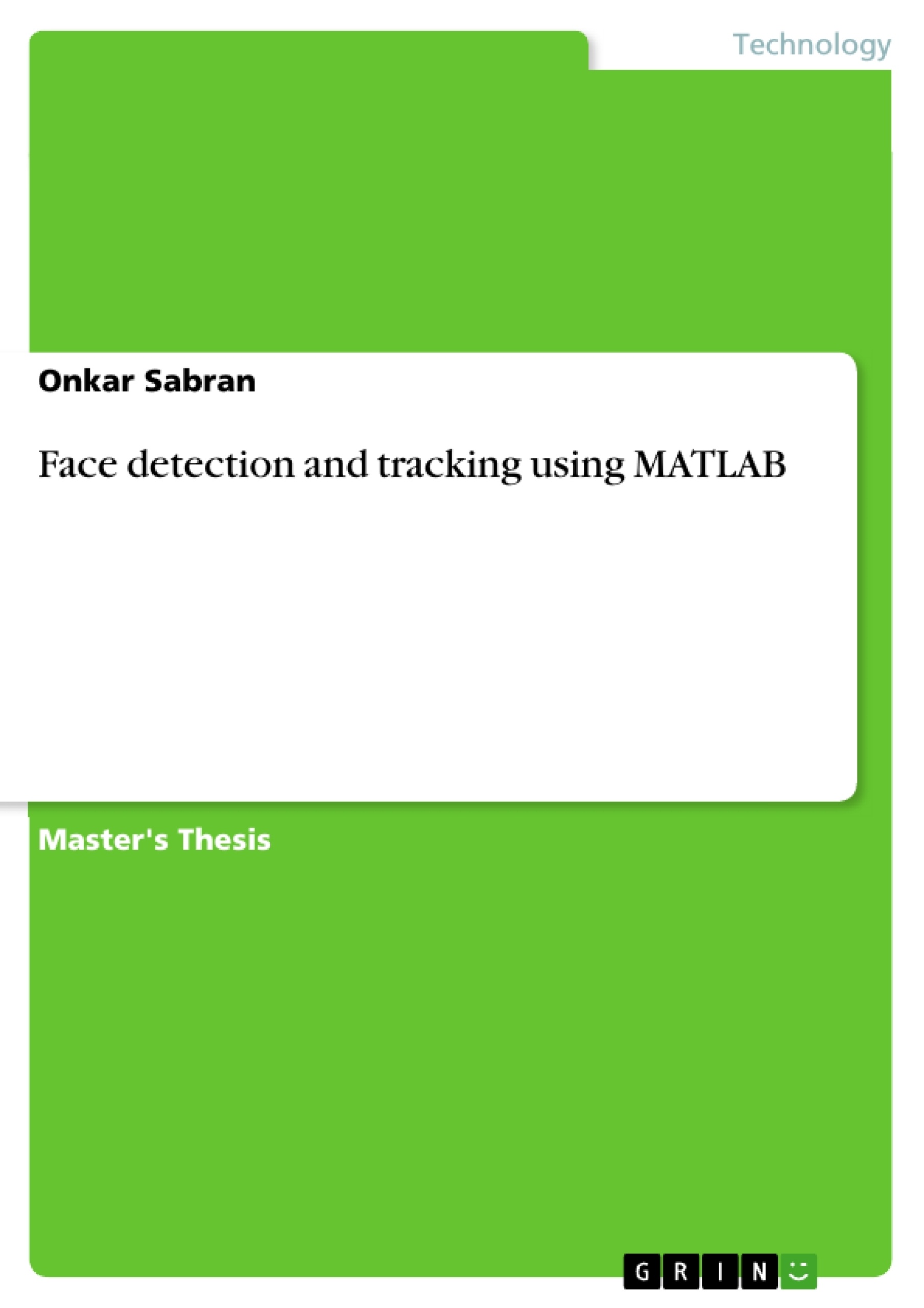Face Identification and following has been a vital and dynamic examination field on the grounds that it offers numerous requisitions, particularly in feature observation, biometrics, or feature coding. The objective of this undertaking was to actualize a constant framework on a FPGA board to catch and track a human’s face. The face location calculation included shade based skin division and picture separating. The face area was dictated by figuring the centroid of the discovered locale. A product variant of the calculation was autonomously executed and tried on still pictures in MATLAB. Despite the fact that the move from MATLAB to verilog was not as smooth obviously, trial results demonstrated the exactness and viability of the constant framework, much under shifting states of lights, facial postures and skin colors, All estimation of the fittings usage was carried out continuously with negligible computational exertion consequently suitable for force constrained provisions.
Inhaltsverzeichnis (Table of Contents)
- I. INTRODUCTION
- 1A. ALGORITHM
- II. DESIGN AND IMPLEMATION
- III. HARDWARE IMPLEMENTATION
- A. Thresholding
- B. Spatial filtering
- C. Temporal Filtering
- IV. PERFORMANCE
- V. CONCLUSION
Zielsetzung und Themenschwerpunkte (Objectives and Key Themes)
This work details the development and implementation of a real-time face detection and tracking system using a Field Programmable Gate Array (FPGA) board. The main objective was to create a robust system capable of identifying and tracking human faces in real-time, even under varying lighting conditions and skin tones.- Face detection and tracking in real-time
- Hardware implementation on an FPGA board
- Skin detection algorithms and color space conversion
- Spatial and temporal filtering techniques for noise reduction
- System performance under different lighting conditions and skin tones
Zusammenfassung der Kapitel (Chapter Summaries)
- I. INTRODUCTION: Introduces the concept of face detection and tracking, highlighting its importance in various applications such as feature observation, biometrics, and energy conservation. The chapter briefly explains the algorithm used, including skin detection, morphological filtering, connected component labeling, area calculation, area-based filtering, and centroid computation.
- II. DESIGN AND IMPLEMATION: This chapter describes the general configuration stages of the face detection and tracking system. It outlines the skin detection algorithm, which utilizes color division in the YUV color space for efficient computation. The process involves thresholding, morphological filtering, connected component labeling, area calculation, and centroid computation to locate the face region.
- III. HARDWARE IMPLEMENTATION: The hardware implementation of the system is explained in this chapter, detailing how video frames are captured and processed on the FPGA board. It discusses the specific modules involved in the process, including thresholding, spatial filtering, temporal filtering, centroid computation, and output display on the VGA screen. The chapter also elaborates on the implementation of spatial and temporal filtering techniques to reduce noise and improve the stability of the displayed output.
- IV. PERFORMANCE: This chapter presents the results of the system's performance. It highlights the ability of the system to track multiple faces, its effectiveness in various lighting conditions, and its capability to filter out background noise. The system's efficiency in identifying faces, even in the presence of objects with similar color to skin tones, is also discussed.
Schlüsselwörter (Keywords)
The primary focus of this research is on developing a real-time face detection and tracking system using FPGA technology. Key terms include face detection, face tracking, skin detection, FPGA implementation, spatial filtering, temporal filtering, color space conversion, noise reduction, and performance evaluation. This research explores practical applications of these techniques in various fields, particularly in areas like biometric authentication, surveillance, and energy conservation.- Quote paper
- Onkar Sabran (Author), 2014, Face detection and tracking using MATLAB, Munich, GRIN Verlag, https://www.grin.com/document/274960




